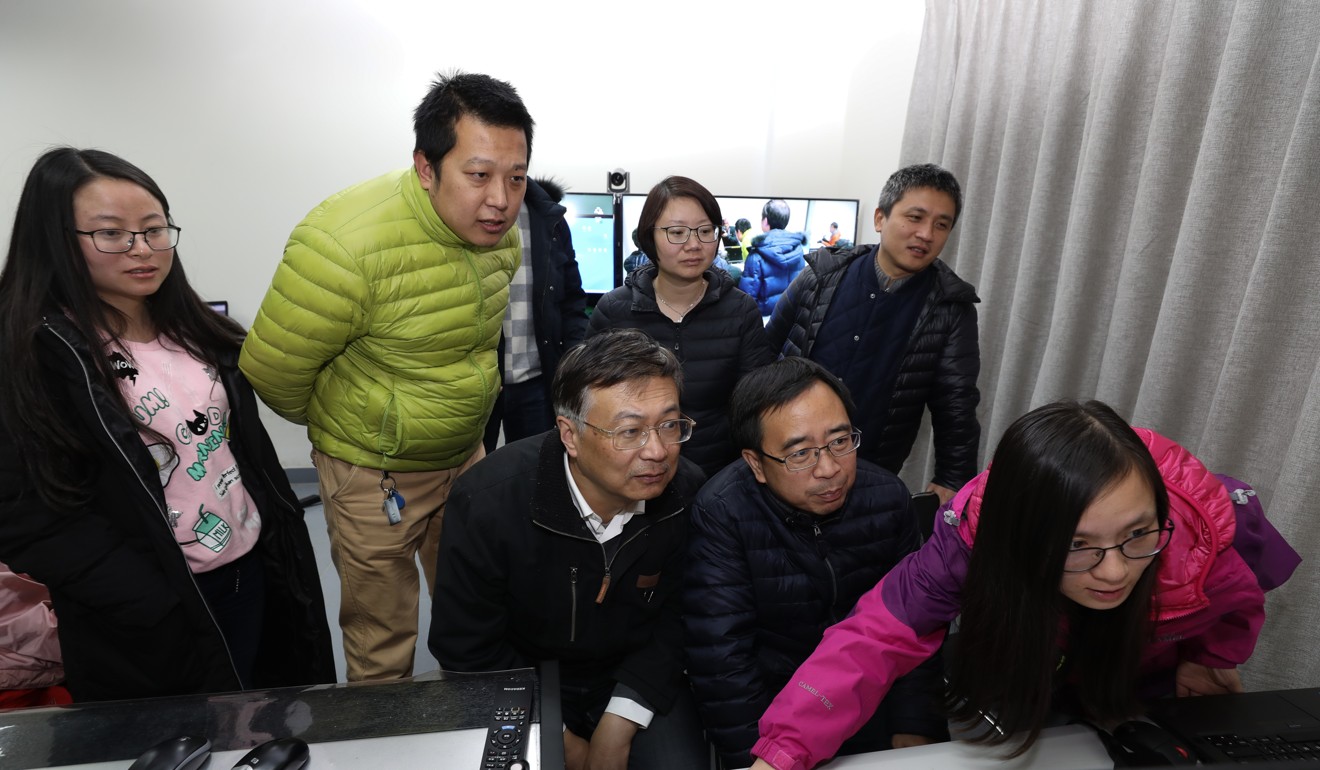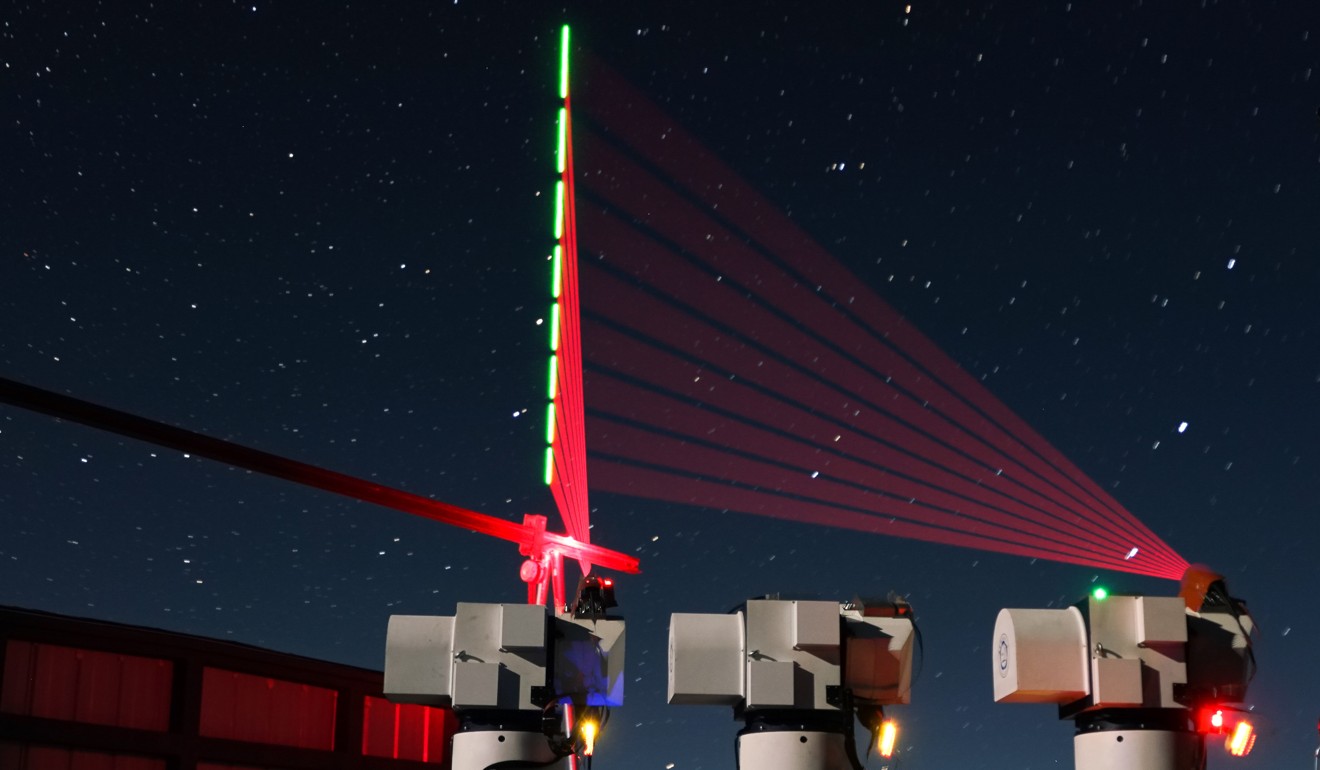
Chinese satellite makes breakthrough in quantum communication
For the first time, a space-based device has successfully distributed a pair of entangled photons to two stations on land

China has carried out the first quantum entanglement from space, according to the team behind the project, in what promises to be a significant step towards a new era of “hack-proof” communication.
The nation’s Micius satellite achieved quantum entanglement between two scientific facilities 1,200km apart on the Tibetan Plateau, according to a paper published in Science magazine on Thursday.
Entanglement refers to a feature of quantum physics whereby two particles separated by a distance are mysteriously linked in existence, so that if the status of one is measured or disturbed, the other changes immediately.
Led by Pan Jianwei, a quantum physicist at the University of Science and Technology of China, the team generated a pair of entangled photons on Micius and distributed one to a receiving station in Delingha and the other to a station in Lijiang.

One challenge, among many, was to make sure the single photons from the rapidly moving satellite hit a one-metre target at a telescope on the ground.
Each second, the two stations successfully received one pair of the entanglement photons as Micius flew over, according to Wang Jianyu, executive deputy head of the Micius project and a corresponding author of the Science paper. Previous attempts on the ground to carry out such transmissions were limited to a little over a hundred metres in distance.
Wang said the breakthrough might soon lead to important applications. “The progress achieved by China will give scientists in other countries more encouragement and hope. It is a small but important step of humans into the quantum age,” he said.
With a quantum internet, messages would be transmitted by entangled particles, and any attempt to eavesdrop would disrupt the message flow and trigger an alert.
“It’s a huge, major achievement,” said Thomas Jennewein, a physicist at the University of Waterloo in Canada. “They started with this bold idea and managed to do it,” he was quoted by Science as saying.
Anton Zeilinger, a physicist at the Austrian Academy of Sciences in Vienna and one of the first to propose the idea of a quantum internet, told Science the experiment “shows that China is making the right decisions”.

But critics said the technology was still far from practical. For instance, the experiment recovered only about one photon out of every 6 million sent.
Pan said that China would build and launch more satellites in the next few years to address this and other issues, such as day-time communication. The Micius could only communicate with the ground at night because the sunlight interfered with the light signal.
The Chinese team had already solved the day-time communication issue in ground experiments, according to Pan. “In the next five years, we plan to launch some really practical quantum satellites,” he was quoted by Science as saying.
Wang said that Micius, the world’s first quantum satellite, had finished all its designated experiments, and more ground-breaking results would be published soon in top research journals.
“Its performance is near-perfect. If the total score is 100, I will give it 98 to 100,” he said.
Other countries have joined the race for space-based quantum communication. The Canadian Space Agency, for instance, recently approved funding for a small quantum satellite, while research teams in Europe and the United States have proposed to mount quantum devices on the International Space Station.